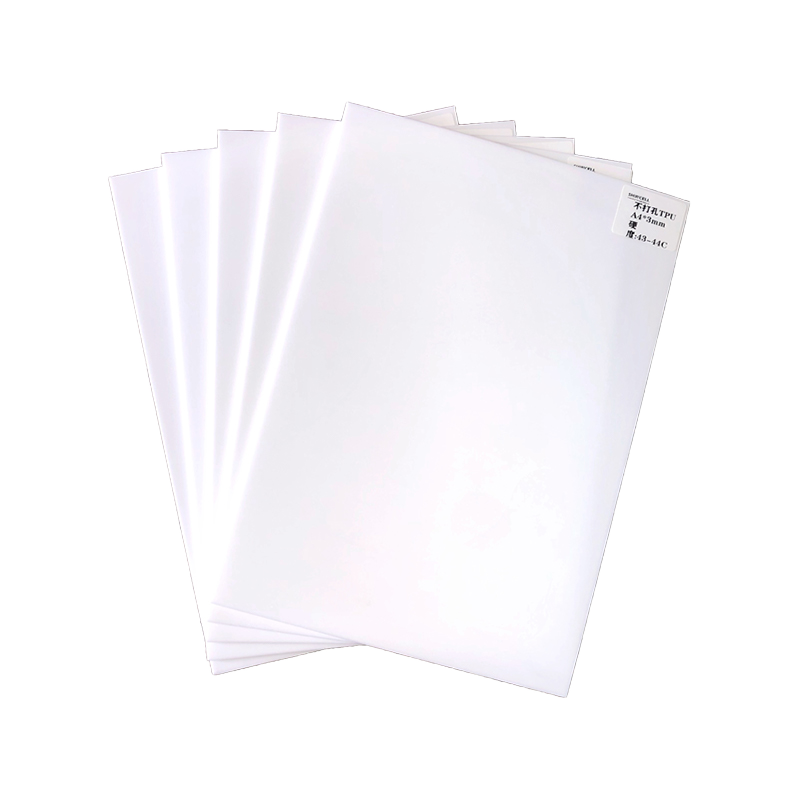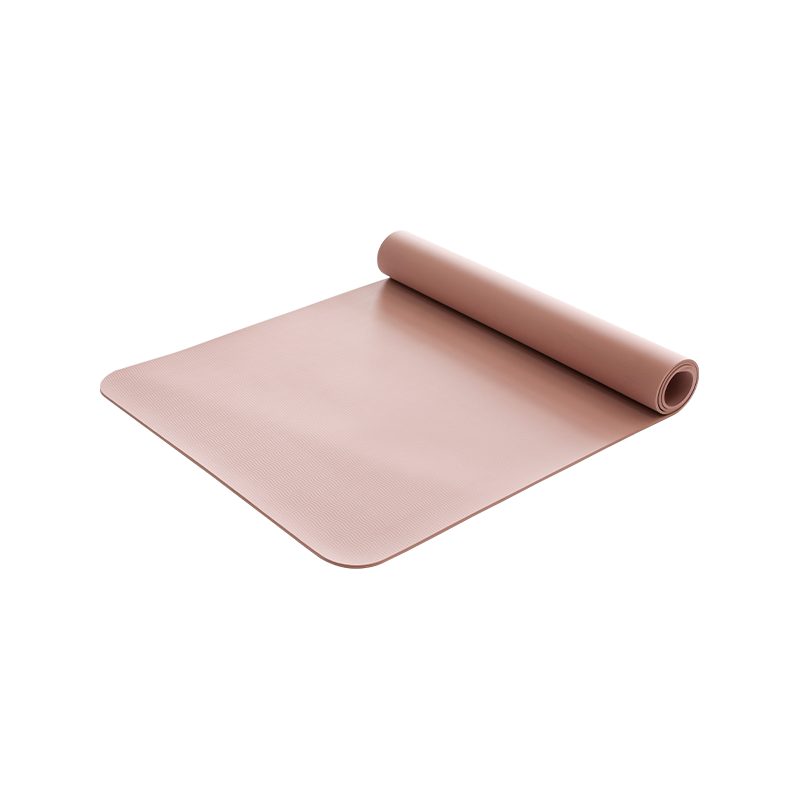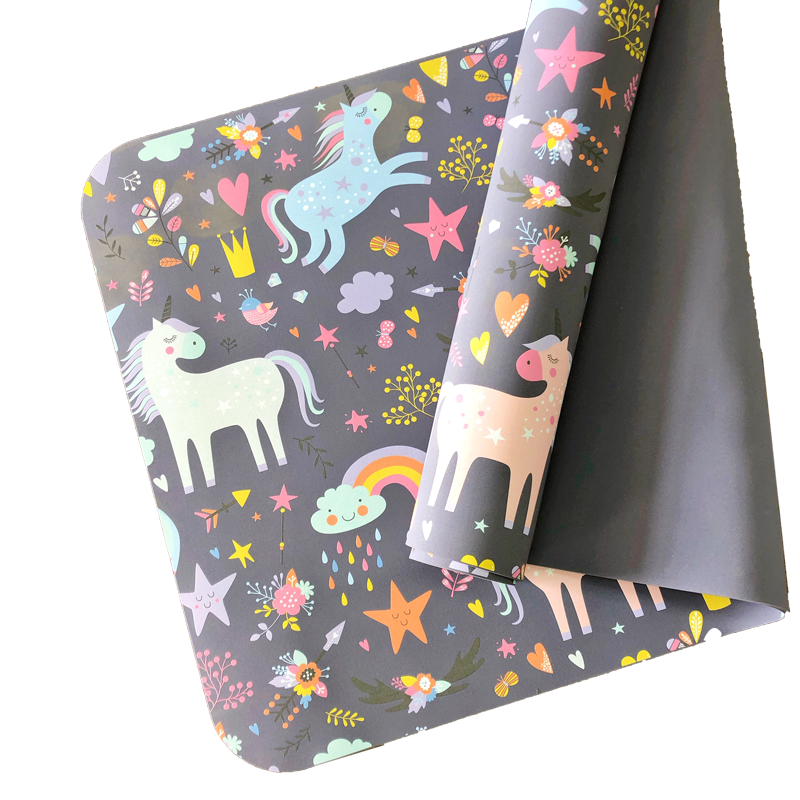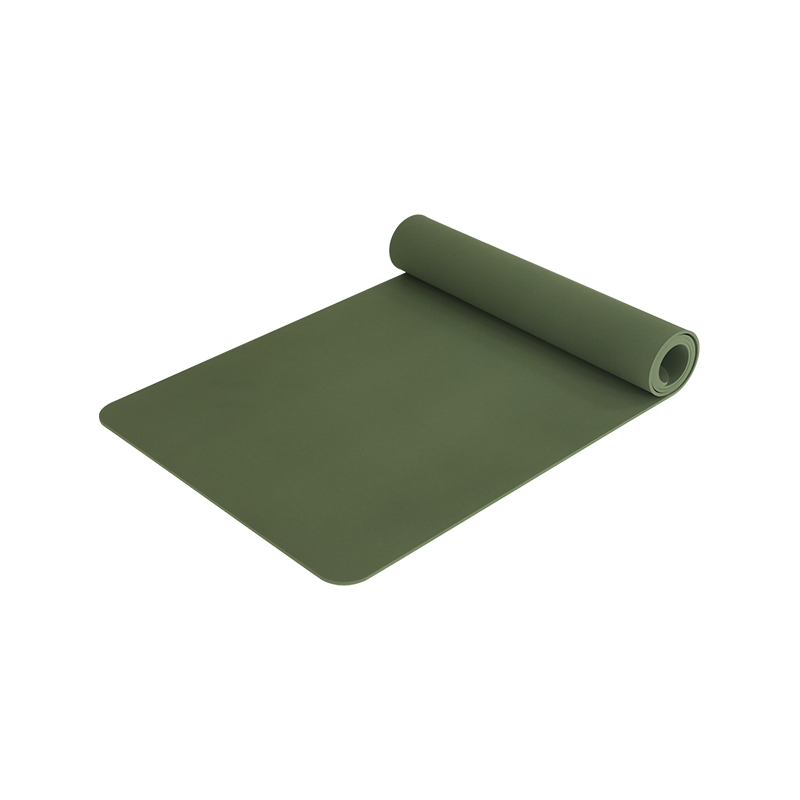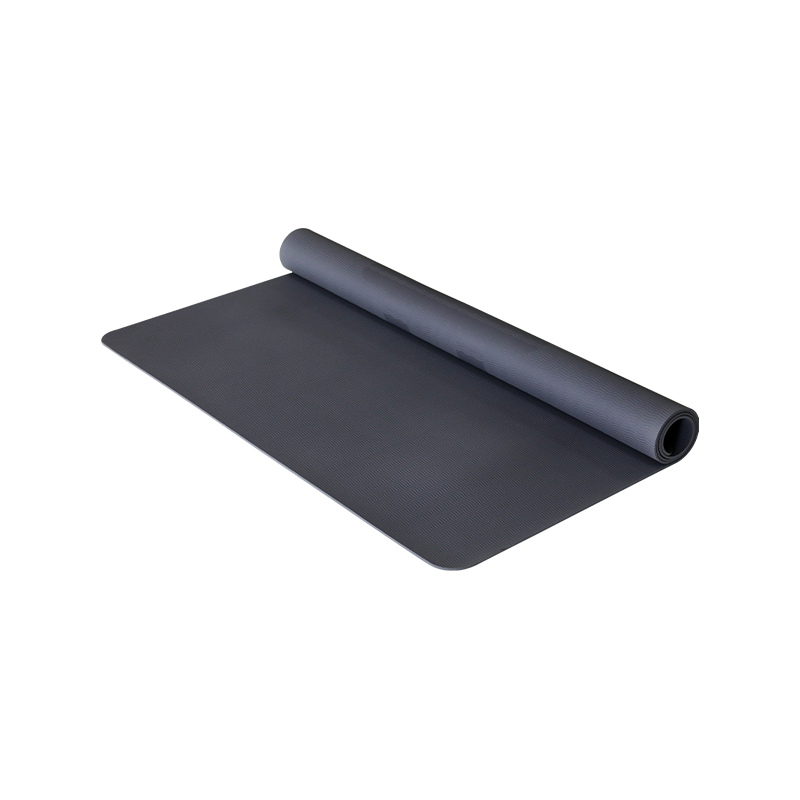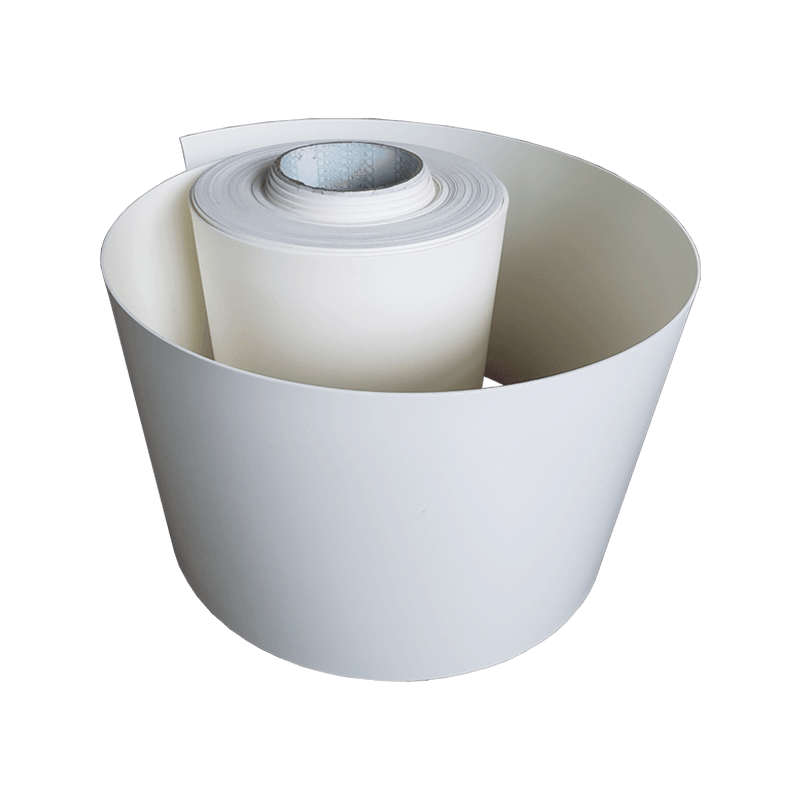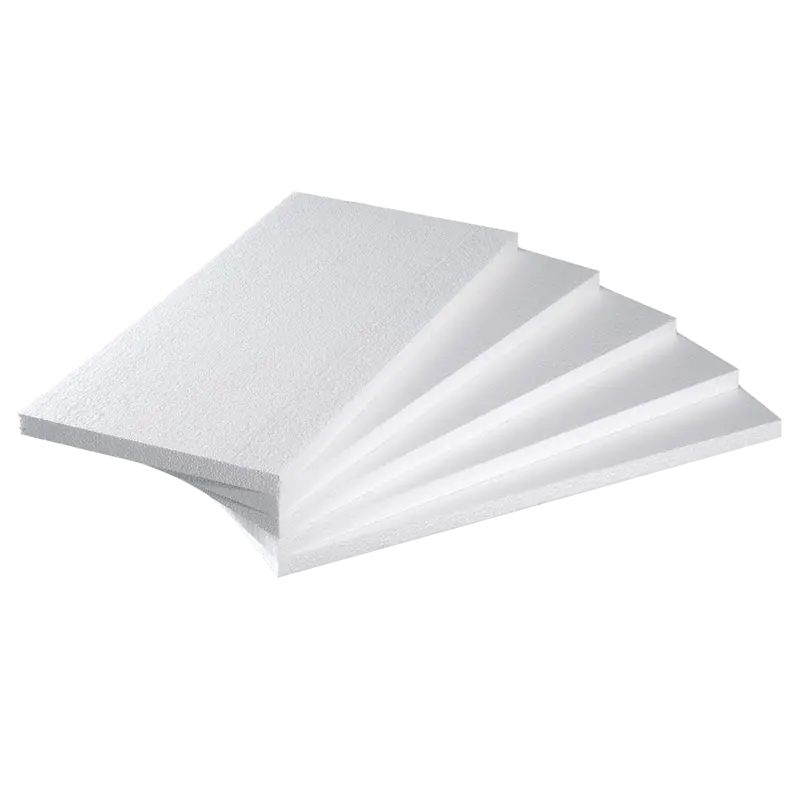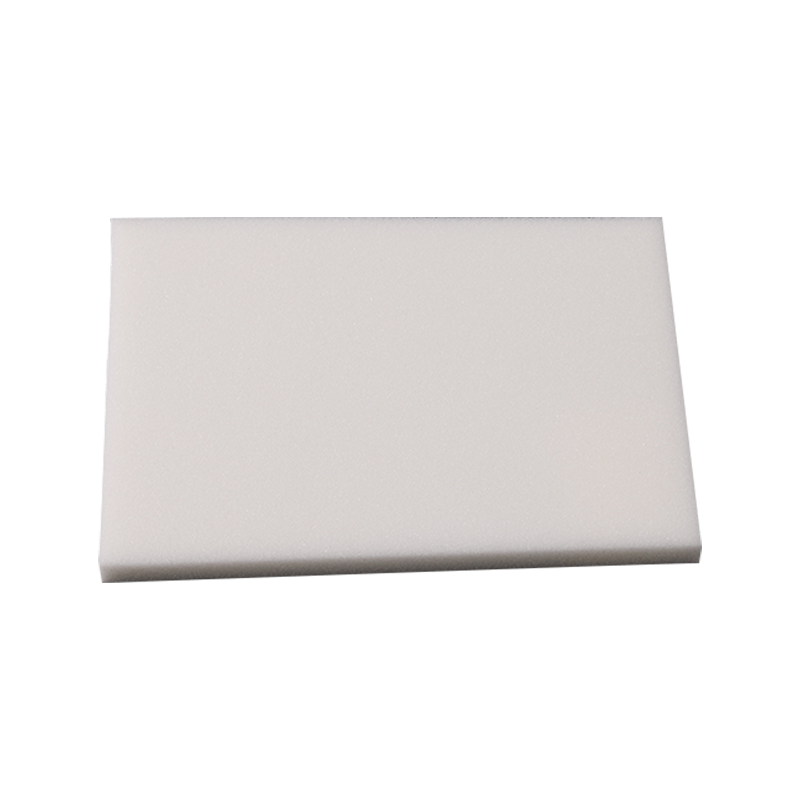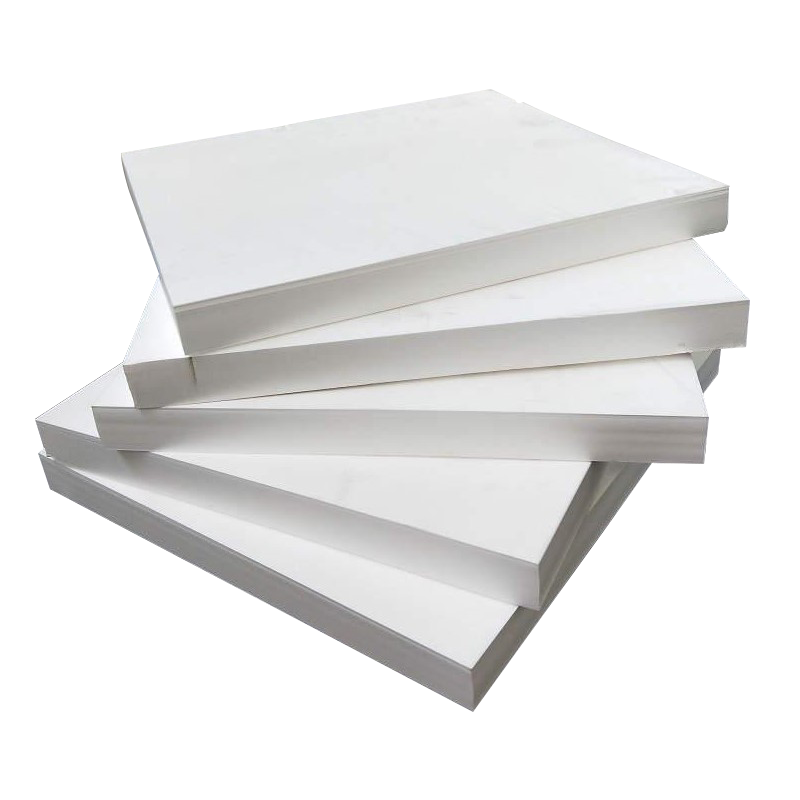Home / News / What Raw Material Properties Does M-TPEE Foam Inherit from TPEE?
The development of advanced polymer foams is often a story of enhancement, where the cellular structure is engineered to amplify the inherent virtues of its base resin. In the case of m-tpee foam sheet, this foundational material is Thermoplastic Polyester Elastomer (TPEE), a remarkable block copolymer. To truly understand the performance characteristics of the foam, one must first appreciate the raw material properties it inherits from its solid-state progenitor.
Introduction to TPEE: The Foundation of Performance
Thermoplastic Polyester Elastomer, or TPEE, is a high-performance thermoplastic elastomer that combines the processing advantages of plastics with the functional elasticity of rubbers. It is a block copolymer typically consisting of hard segments, often made from polybutylene terephthalate (PBT), and soft segments, usually based on long-chain polyethers or polyesters. This molecular architecture is the fundamental source of its exceptional property profile. The hard segments provide structural integrity, thermal resistance, and chemical resilience, while the soft segments impart flexibility, elongation, and energy return. It is this synergistic relationship between hard and soft phases that m-tpee foam sheet inherently inherits, creating a foam that is far more than just a lightweight cushioning material. It is a multifunctional engineering solution whose core identity is directly derived from the chemistry and physics of TPEE.
Inherited Property 1: Exceptional Thermal Resistance and Stability
One of the most significant properties inherited by m-tpee foam sheet from its TPEE base is a robust thermal performance profile. TPEE is renowned for its ability to maintain structural integrity across a wide temperature range.
Solid TPEE typically exhibits a continuous service temperature range from approximately -40°C to 120°C, with some grades capable of withstanding short-term exposures up to 140-150°C. This performance is a direct result of the high melting point of the crystalline PBT hard segments within its structure. When foamed, this property translates into a material that does not become brittle and crack at low temperatures nor soften, collapse, or permanently deform at elevated temperatures. This makes m-tpee foam sheet an ideal candidate for high-temperature gaskets, automotive under-hood components, and applications subject to significant thermal cycling. Unlike polyurethane or polyethylene foams, which can quickly lose mechanical properties outside a narrower window, m-tpee foam sheet provides consistent performance, ensuring long-term sealing and damping effectiveness in challenging environments. This inherited thermal stability is a key differentiator in the market for performance foams.
Inherited Property 2: Outstanding Chemical and Environmental Resistance
The chemical resistance of TPEE is another cornerstone property fully inherited by m-tpee foam sheet. The polyester-based chemistry of the hard segments grants it a high level of resistance to a broad spectrum of chemicals and environmental factors.
TPEE is notably resistant to oils, greases, hydrocarbons, and many solvents that would swell or degrade other elastomeric materials. It also demonstrates good resistance to hydrolysis (degradation by water) and oxidation when compared to other polyether-based elastomers. For the foam variant, this means that m-tpee foam sheet can be reliably used in applications where exposure to fluids, fuels, lubricants, and cleaning agents is commonplace. This is critically important in the automotive industry for seals and pads, in industrial settings for machinery gaskets, and in consumer products that may require cleaning with aggressive chemicals. Furthermore, its resistance to UV radiation and ozone, inherited from the TPEE polymer chain, allows it to perform in outdoor applications without the significant cracking or degradation that afflicts many conventional rubber foams. This comprehensive environmental resistance ensures the long-term durability and reliability of components made from m-tpee foam sheet.
Inherited Property 3: Superior Mechanical Properties: Toughness and Elastic Recovery
Perhaps the most visually demonstrable properties inherited by m-tpee foam sheet are the exceptional mechanical characteristics of TPEE, namely its high tensile and tear strength, coupled with outstanding elastic recovery.
Solid TPEE possesses a unique combination of high strength and high elongation, meaning it is both tough and flexible. It can withstand significant deformation and return to its original shape with minimal permanent set. This is a function of the reversible “physical cross-linking” between the hard segments; upon stretching, these bonds can dissociate and re-form, allowing for energy dissipation and recovery. In its foamed state, this translates to a material that offers excellent compression set resistance. A component made from m-tpee foam sheet will maintain its sealing force and thickness over time, even after prolonged periods of compression. This is a critical performance metric for sealing applications, where a foam that takes a permanent set would fail to create an effective barrier. Furthermore, the inherited high tear strength and abrasion resistance make the foam more durable during handling, installation, and throughout its service life, resisting damage that would compromise less robust foam materials.
Inherited Property 4: Dynamic Mechanical Performance: Damping and Energy Absorption
The dynamic mechanical behavior of TPEE is a key property that defines the functional application of m-tpee foam sheet in damping and energy management. TPEE exhibits a unique and broad damping peak across a range of temperatures and frequencies.
This means that solid TPEE is exceptionally good at converting mechanical energy (from vibration or impact) into heat and dissipating it. The foam structure amplifies this inherent property by providing a cellular matrix that can effectively absorb and distribute energy. Therefore, m-tpee foam sheet is not merely a soft cushion; it is a highly engineered material for vibration damping and shock absorption. It is particularly effective at managing low-frequency vibrations, which are often the most challenging to control and the most damaging to sensitive equipment. This inherited property makes it an superior choice for padding in electronic enclosures to protect delicate components, for anti-vibration pads in industrial machinery, and for acoustic damping layers to reduce noise, vibration, and harshness (NVH) in automotive interiors. The performance is consistent and reliable due to the stable viscoelastic nature of the base TPEE polymer.
Processing and Formability: A Legacy of Thermoplasticity
A final, crucial inheritance is the thermoplastic nature of the base resin. Unlike thermoset rubbers that cure irreversibly, TPEE can be melted, formed, and re-melted without significant chemical degradation. This grants unparalleled processing flexibility.
This property allows m-tpee foam sheet to be easily thermoformed and heat-laminated into complex three-dimensional shapes. It can be seamlessly integrated with other materials and substrates using thermal bonding techniques, simplifying assembly processes and creating strong, cohesive multi-material parts. This processability is a direct benefit of the thermoplasticity of TPEE. Furthermore, the foam can be cleanly and precisely die-cut, kiss-cut, or routed, facilitating high-volume manufacturing with minimal waste. The scrap material from these processes, along with off-spec parts, can often be recycled and re-introduced into production streams, contributing to more sustainable manufacturing practices. This combination of easy processing and potential for recyclability is a significant advantage inherited from the TPEE polymer chain and is a key consideration for buyers and designers seeking efficiency and environmental responsibility.


 English
English
 Español
Español

 ++86-0512-66079229
++86-0512-66079229
